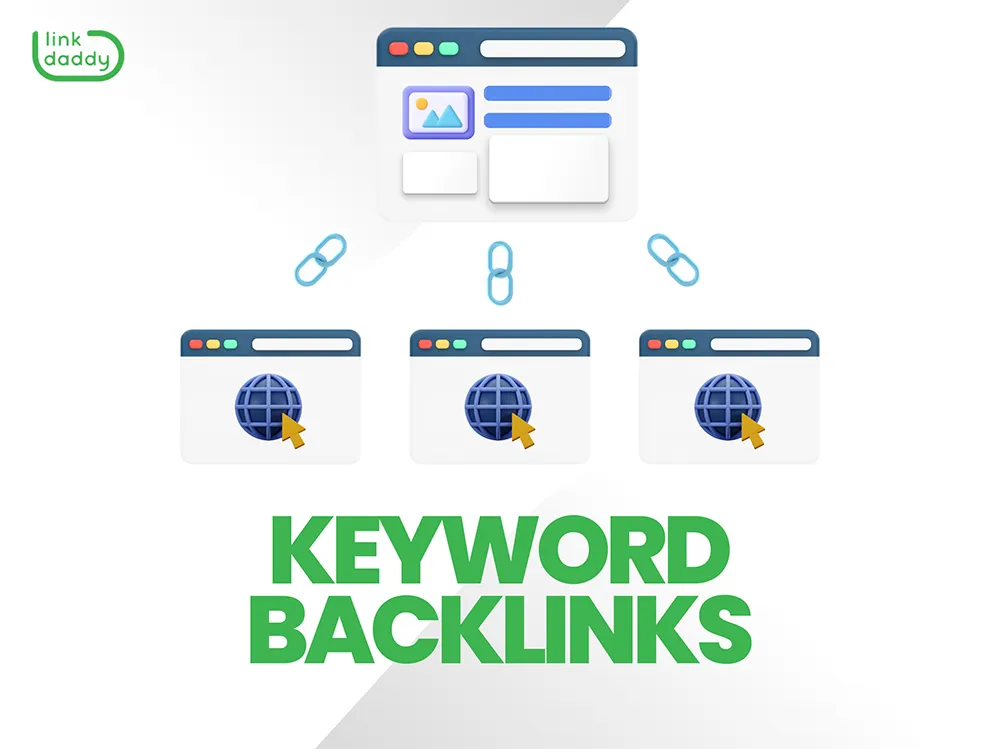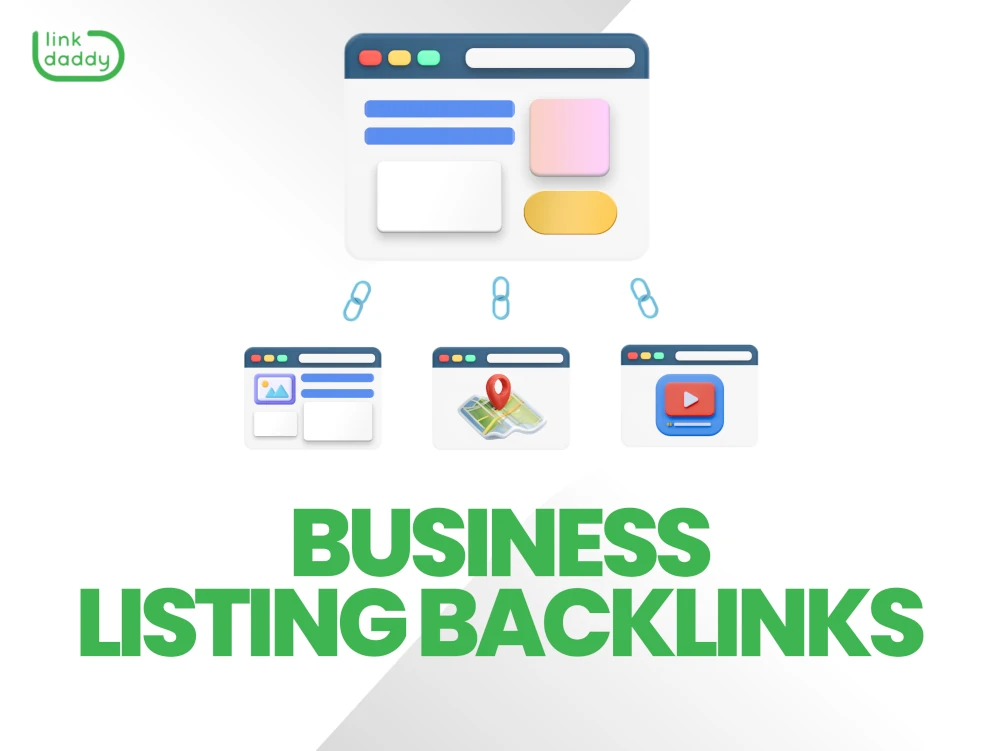Universal Cloud Service: Streamlining Workflow Worldwide
Universal Cloud Service: Streamlining Workflow Worldwide
Blog Article
Understanding the Different Sorts Of Cloud Services and Their Uses
From Framework as a Solution (IaaS) to Software Program as a Solution (SaaS), each type of cloud solution offers an one-of-a-kind objective and provides distinctive advantages. By checking out the nuanced functionalities and applications of each cloud solution, one can browse the complexities of cloud computing with accuracy and foresight.
Facilities as a Service (IaaS)
Infrastructure as a Solution (IaaS) supplies users with virtualized computer resources online on a pay-as-you-go basis. This cloud computing model provides vital IT framework such as virtual makers, storage space, and networking without the requirement for organizations to buy and take care of physical servers and data facilities. With IaaS, customers can scale sources up or down based on their demands, offering flexibility and cost-efficiency.
Among the key advantages of IaaS is its ability to rapidly provision and release framework elements, enabling businesses to react promptly to transforming needs and market conditions. By outsourcing facilities administration to the provider, organizations can focus a lot more on their core organization activities as opposed to managing the complexities of hardware upkeep and upgrades.
Moreover, IaaS supplies a high degree of reliability and safety, with service providers usually offering durable information back-up, calamity healing, and cybersecurity steps. This helps ensure that crucial service procedures remain undisturbed and information remains safeguarded against prospective hazards. linkdaddy cloud services press release. On the whole, Facilities as a Solution enhances IT operations, boosts scalability, and lowers funding expenditures for companies of all dimensions
Platform as a Service (PaaS)
Structure upon the foundation of Infrastructure as a Service (IaaS), Platform as a Solution (PaaS) uses a detailed atmosphere for developers to produce, release, and manage applications without the intricacies of underlying infrastructure management. PaaS provides a system with devices and services that improve the advancement procedure, allowing designers to concentrate on writing code and structure applications instead of managing facilities concerns.

Software Program as a Solution (SaaS)
Software Program as a Solution (SaaS) revolutionizes the way businesses access and use software program applications by using them on a membership basis through cloud service providers. This cloud computer model removes the need for companies to mount and maintain software application on individual tools, as whatever is held and handled centrally in the cloud.
SaaS supplies an affordable remedy for services as they only spend for the software program they utilize without the added expenditures of hardware maintenance or software application updates. It also uses scalability, allowing companies to quickly change their software application needs based on their needs.
In addition, SaaS applications can be accessed from any tool with an internet connection, advertising collaboration and versatility amongst remote teams. Safety and security is a leading priority in SaaS, with suppliers carrying out durable measures to safeguard data saved in the cloud.
Popular instances of SaaS consist of client relationship monitoring (CRM) software application like Salesforce, efficiency devices like Microsoft Office 365, and partnership systems like Google Work space. SaaS continues to acquire grip in the organization world as a result of its scalability, cost-efficiency, and convenience.
Feature as a Service (FaaS)
With the development of cloud solutions like Software as a Service (SaaS) streamlining software shipment, Function as a Service (FaaS) stands for a standard change in exactly how code is carried out in a serverless atmosphere. FaaS permits programmers to create and implement specific functions or pieces of code in reaction to particular occasions without the need to handle the infrastructure. This serverless computing version enables developers to focus solely on writing code to execute specific functionalities, without worrying themselves with the underlying infrastructure or server administration.
One of the essential advantages of FaaS is its capacity to scale immediately based on the incoming workload. Functions are implemented in stateless containers that are spun backwards and forwards as needed, ensuring optimum source use and cost-effectiveness. FaaS is particularly valuable for event-driven and microservices architectures, where code implementation is triggered by events such as HTTP requests or database updates. By extracting the infrastructure layer, FaaS streamlines advancement, speeds up time to market, and boosts total dexterity in releasing cloud-native applications.
Storage Space as a Service (STaaS)
An essential element in cloud computer, Storage as a Service (STaaS) gives customers with a reliable and scalable option for handling information storage space needs. STaaS allows companies to keep and retrieve information from remote servers through the internet, eliminating the need for on-premises equipment. This service provides adaptability by enabling customers to pay only for the he said storage they make use of, making it a cost-efficient remedy for services of all sizes.

STaaS is particularly helpful for businesses with fluctuating storage needs, as it provides a protected and reputable storage remedy without the requirement for considerable in advance financial investments. By leveraging STaaS, companies can simplify their data management procedures, enhance accessibility, and enhance data security in a cost-effective fashion.

Final Thought
In conclusion, comprehending the different types of cloud solutions and their usages is crucial for individuals and businesses looking to utilize the benefits of cloud computing. By making use of the appropriate cloud solution, organizations can improve their effectiveness, scalability, and versatility in handling their IT framework and applications.
From Infrastructure as a Service (IaaS) to Software as a Solution (SaaS), each type of cloud solution serves an unique objective and supplies unique advantages. cloud services press release. By checking out the nuanced performances and applications of each cloud solution, one can navigate the intricacies of cloud computer with precision and over here insight
With the advancement of cloud solutions like Software as a Service (SaaS) simplifying software distribution, Feature as a Solution (FaaS) represents a paradigm change in how code is carried out in a serverless atmosphere.In conclusion, comprehending the different kinds of cloud here are the findings services and their uses is important for services and individuals looking to take advantage of the advantages of cloud computing. By making use of the ideal cloud service, companies can enhance their performance, scalability, and adaptability in handling their IT framework and applications.
Report this page